It all started with a collision.
A collision that totaled the car that turned in front of my Jeep—it was towed directly to a Pick-Your-Part yard. A collision that many thought would have totaled my 2007 Jeep Rubicon Unlimited, but a fireman drove it to my house while I was being treated in the ER.
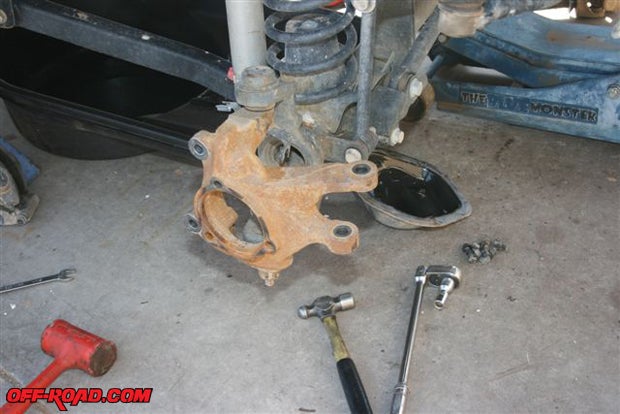
During the repairing process, Paul Schoop (owner of Precision Auto, Kingman, AZ, which was the insurance company’s “general contractor” for the repairs) discovered that in addition to the bent frame, pretzeled steering wheel (my right arm pushed it almost into the windshield), torn up Bushwacker fender flares, damaged Blue Ox tow bar baseplate, and screwed up satellite radio, the Rubi’s ball joints were also shot. Much to my dismay—even though we’d discovered the ball joints’ problem during the repairs—the accident wasn’t the cause, so the insurance company wouldn’t pay for their repairs.
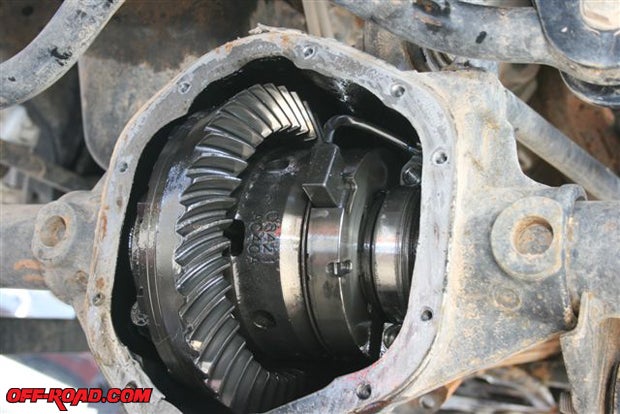
I started calling around to determine whether OEM replacements or aftermarket products would be the better choice. One editor I spoke with even told me that due to the design of the JK front differentials’ (Dana 30 or 44, depending upon model) ball joints have gone out in less than 1,000 miles. Several editors and Paul suggested I call Dynatrac about their extra strong ball joint replacement kit. Th heavy-duty Dynatrac ball joints can be rebuilt without removing them from te axle housing. These ball joints are very well built and are designed for heavy-duty use.
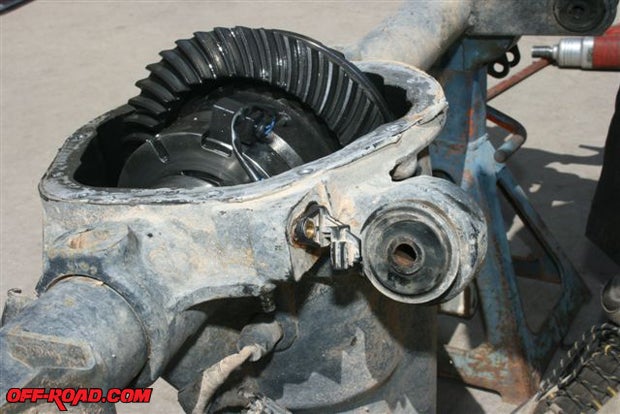
Because the combination of larger, heavier tires and a lift kit will drastically reduce the lifespan of OEM ball joints, I called Dynatrac. Rather than just take the ball joint order, the Dynatrac rep asked for some history of how I roll with the JK—types of trails, preferred speeds (both on- and off-road), annual mileage, etc. When he found out that I prefer 3+ trails ( http://www.off-road.com/jeep/feature/turnkey-trail-king-jeep-rubicon-52685.html) and solo exploring for Arizona ghost towns while towing our camping trailer (http://www.off-road.com/jeep/project/project-building-an-offroad-budget-trailer-53159.html), he suggested the Dynatrac JK Unlimited Dana 44 housing instead.
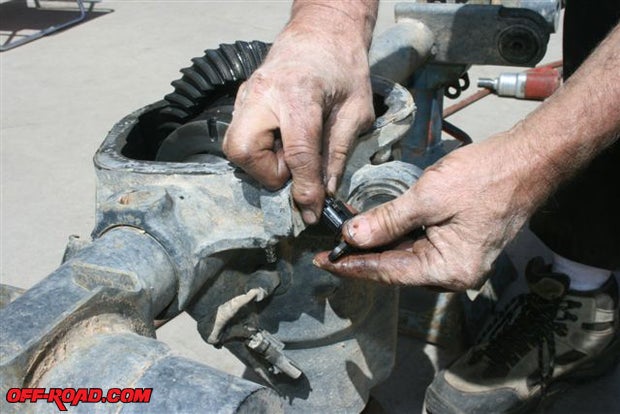
The Dynatrac JK Unlimited Dana 44, in addition to being about 100 times stronger than the OEM Dana 44 housing (see the comparison photos), also corrects the caster problem caused by the 4-inch lift kit. (The new housing accepts the OEM ring and pinion gearset, electric locker, axles, hubs, and brakes. It also has all the castings and attachment points required for the JK’s suspension.) It has been said in several off-road magazines that the Dynatrac JK Unlimited Dana 44 is the strongest Dana 44 housing in the industry (it compares very favorably with an OEM Dana 60 differential).
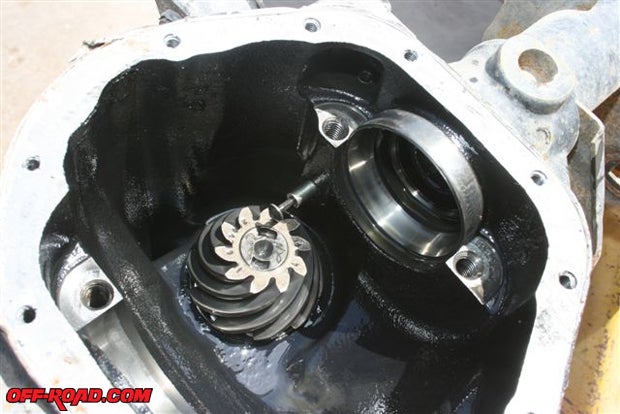
Since the new housing costs much more than just the ball joints—not to mention the labor needed to switch over everything from the OEM housing—it required a conversation with my bookkeeper. When we considered all the positive aspects of the new housing compared to having to replace the ball joints several times over the life of the Jeep, we decided the Dynatrac Dana 44 was the way to go.
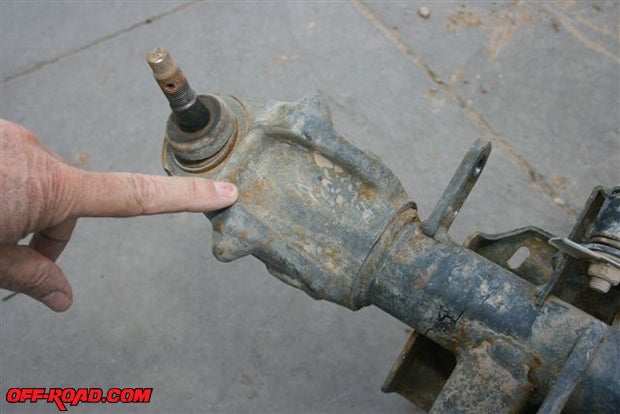
Back on the phone with Dynatrac, this time the representative suggested RCV axles (virtually unbreakable constant-velocity U-joint axles, each of which includes a zerk—or grease fitting—in the outside end to greatly ease the lubrication chores) and deeper gears—which meant another conference with my wife. We decided the highly improved design of the Dynatrac Dana 44 and its greatly increased strength and reliability, plus the nearly unbreakable RCV axles, warranted the additional cost.
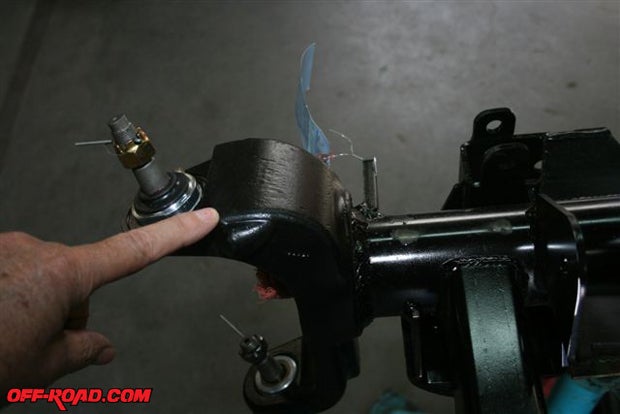
The RCV Performance’s front axle set uses constant-velocity (CV) joints instead of the more common—and less expensive—U-joints. Not only are CVs smooth when at full lock turns, they are far stronger. During factory tests, the actual axle shaft itself twisted off before the joint could break. The RCV Dana 44 axle kit comes complete and ready to install, including a tube of special-compound axle grease to fill the CV joints just before installation. The kit also includes a tool that aids in the installation of the orange urethane boots that protect the CV joints from moisture and debris.
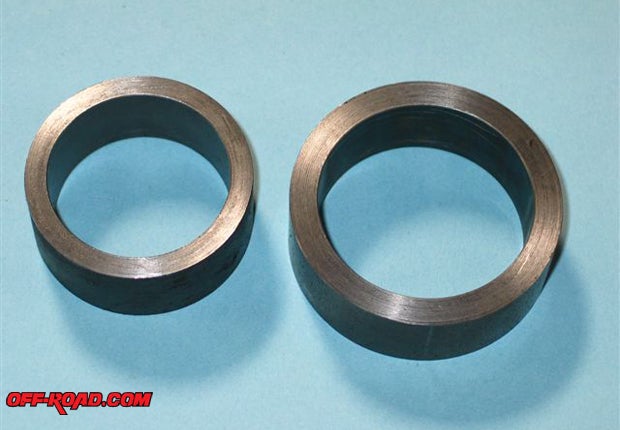
Since the Bushwacker extra-wide fiberglass fender flares were also damaged in the collision but not replaced by the insurance company, we decided new fender flares were also in order. Bushwacker had recently introduced new flat-style fender flares with OEM-like black-textured finish, the extreme design of which offers maximum tire clearance for the harshest off-road environments. Bushwacker’s no-drill installation uses existing factory holes, but you’ll need an assistant during the mounting. The flares also provide the tire coverage required by most state laws, and includes DOT-compliant LED marker lights on the two front fenders. In addition, the fully molded design covers exposed wheel well sheet metal and works with the factory inner splash guard to protect engine components, and it’s made from Dura-Flex 2000 TPO material that bends instead of breaking and will return to its shape (and it’ll hold your coffee cup while you’re working on the Jeep).
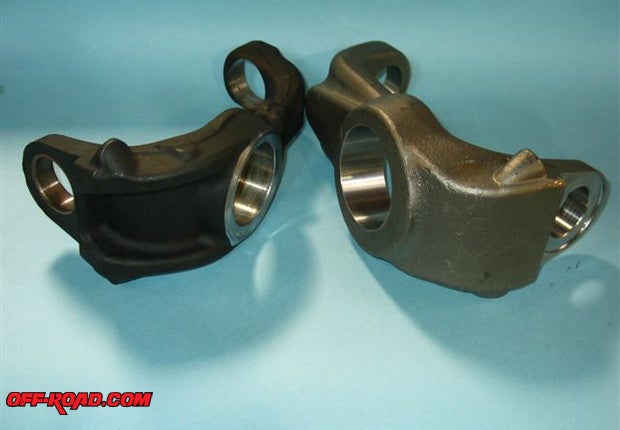
We also needed new tires after the collision. Since the insurance company claimed the OEM tires were worn due to the ball joints, not the collision, we chose eight new, taller tires from Bridgestone (we had extra OEM wheels and we wanted the tires and wheels on both the Jeep and our camping trailer to match). The Bridgestone Dueler A/T 695 LT315/70R17 has its name on the sidewall in outlined white letters, it is 34.5 inches in diameter, and each weighs 60 lbs. Since we wanted more ground clearance than provided by the OEM 32-inch tires, these fit nicely into our Jeep plans.
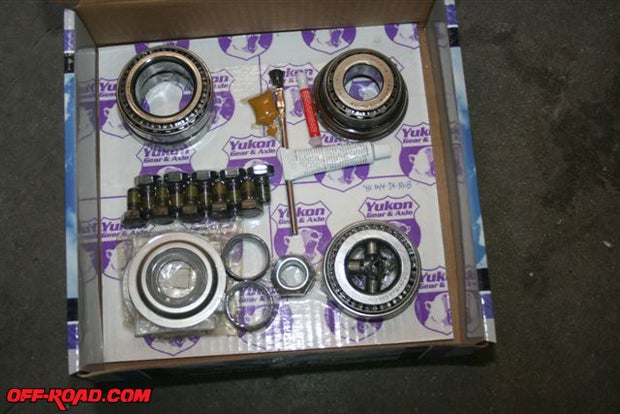
This tire that handles tough road conditions without making it tough on the driver, it’s almost silent on the highway, and the on-road performance does not sacrifice mud and snow performance either. The Dueler gives you all-terrain capability, thanks to the bite of the tread design, along with technologies and compounds that work together to help deliver all the grip you’ll ever need. Interlocking tread notches help deliver mud and snow traction, while round slanted grooves helps drainage to improve the tire’s grip. Aggressive off-shoulder tread blocks add extra bite in mud and snow, and the open shoulder slots aid water evacuation for wet grip.
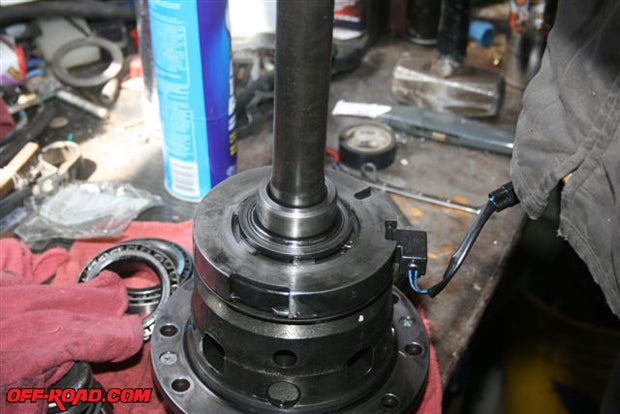
Taller tires on the OEM Jeep wheels, however, create problems with steering and rubbing. Therefore, we either needed new wheels with a wider offset to avoid rubbing the frame during tight turns, or spacers behind the wheels to mount them further outboard from the frame. Instead of spending the money for new wheels (we would have needed eight wheels so that the Jeep and trailer would have matching wheels and tires), we picked a set of 1-inch spacers from A-Dapt-It USA (we also got a pair of wheel adapters from A-Dapt-It USA for the Chevy S10 trailer so that we could use Jeep JK wheels on it as well).
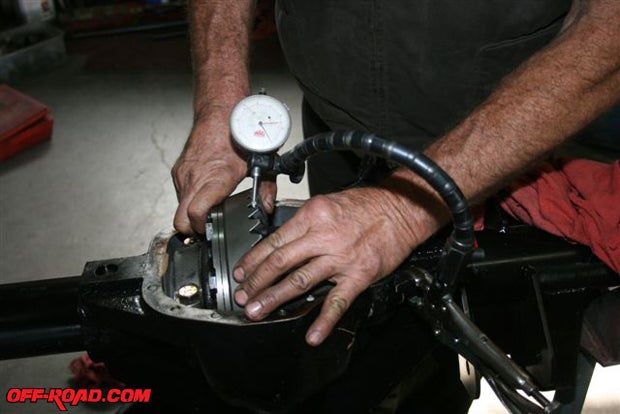
With the taller tires comes the idea of lower gears. We’ll be towing our custom camping trailer on most of our on-road excursions and many of our off-road expeditions, so we don’t want to lug the engine or cause the four-speed automatic transmission to be hunting for the right gear all the time (which causes premature tranny failure from too much heat). This sent me to Randy’s Ring & Pinion’s website (http://www.ringpinion.com/) to use its gear comparison calculator. What I was searching for was a gear set that kept the engine’s RPM at the same RPM or slightly higher than the factory gear/tire height setup. The calculator asks for the model vehicle, gear ratio, tire height, and miles-per-hour. Once you have the stock RPM, you input the variables that you are considering (tire size, gear ratios, etc.) and note the resulting RPM. With the Bridgestone’s 34.5-inch diameter, I determined that 4.88:1 gear ratios would give me a few hundred RPM above the stock gear/tire combo, which is perfect for towing the trailer. Plus, I also get the advantage of increased RPM multiplication in the lower transmission gears for hill climbing and rock crawling. Randy’s gear calculator is an invaluable tool when planning your future vehicle modifications.
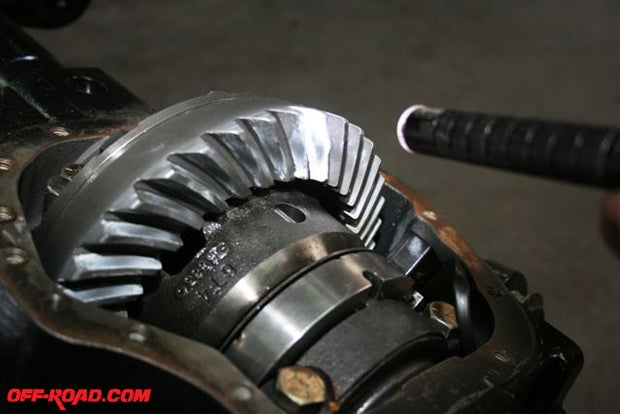
I must insert a one off warning here. Make sure you follow the break-in procedures faithfully if you change your gearing! Today’s gears are cut so closely to increase their lifetime and reliability, and to decrease wear and noise, if you don’t break them in correctly and carefully, they could very well seize up on you and strand you in the middle of the desert. The installation pamphlet gives very specific instructions on the 500-mile break-in period, including draining and refilling the differentials after the 500-mile period. I used standard gear lube during the break-in and then refilled it with Lucas synthetic gear lube to extend the gears’ lives.
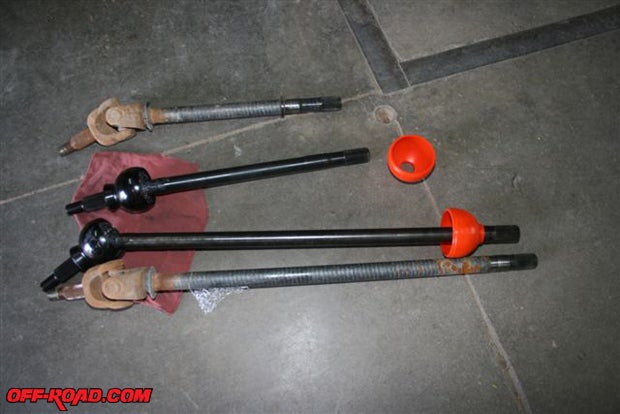
What happens to your vehicle when you change the gears and tire size, especially in today’s vehicles with all their onboard computing? Your speedometer goes off, your shift points are wrong, and in many instances the anti-skid program starts kicking in at the completely wrong times and conditions. How to correct these problems? Contact American Expedition Vehicles (http://www.aev-conversions.com/). The good news is that the AEV ProCal Module can correct all these problems! The bad news is that the module will only do it for one vehicle—it’s keyed to the first vehicle it’s connected to. However, it can modify so many things—from squaring up the steering wheel to controlling the daytime running lights—it is money well spent. In fact, it can be used to temporarily increase idle RPM whenever you’re winching or in my case running the onboard water heater for showering on the trail.
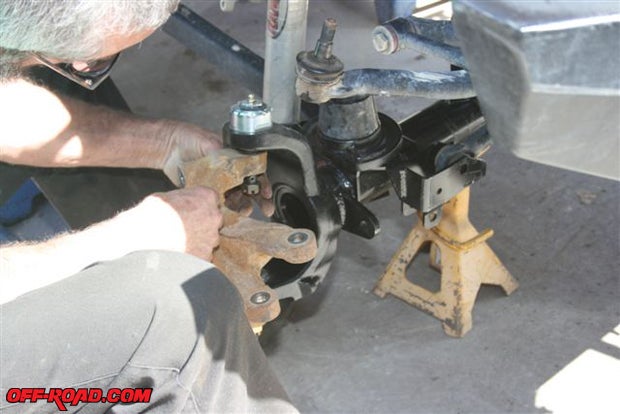
As I’ve mentioned in each preceding “Polishing a Rubi” segment, a jewel’s facet is one of its faces. Facet #7 of “Polishing a Rubi”—hopefully, the final chapter—covers one more face of the enhancements available for the Jeep Wrangler JK model. Right out of the box, the JK Rubicon—either 2-door or 4-door—is arguably the best all-around OEM Jeep ever offered to consumers (until Jeep recently began offering the Mopar option list—please see http://www.off-road.com/jeep/feature/turnkey-trail-king-jeep-rubicon-52685.html or the Moparized Vehicles we drove this year at the Easter Jeep Safari. And as you can see in every off-road catalog, the available enhancements for a JK cover every aspect of possible improvements; some quite difficult for the home mechanic, while others are fairly simple.
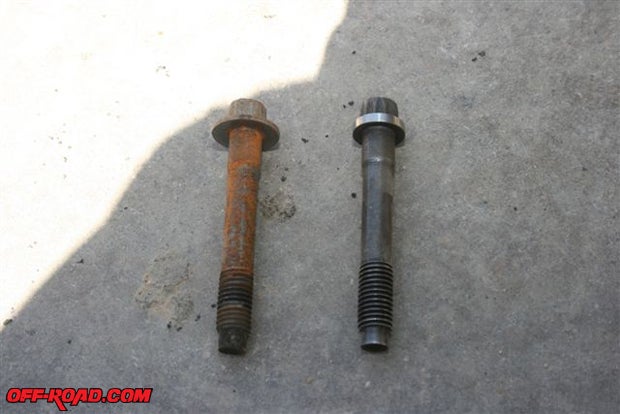
As far as I can tell, my Rubi is now complete. Much like the saying, “Never say never” I really dislike using the term “Final Chapter.” However, I think this is it for the Rubi. It has very good Bridgestone all-around on- and off-highway tires, its really cool Rancho adjustable shocks can be soft for off-roading and stiffened up for on-road traveling, and its combination of a Dynatrac front differential and RCV axles should last for the lifetime of the Jeep. Now I’m really looking forward to towing my Budget Trailer (http://www.off-road.com/jeep/project/project-building-an-offroad-budget-trailer-53159.html) over the Rubicon Trail with my Rubicon.
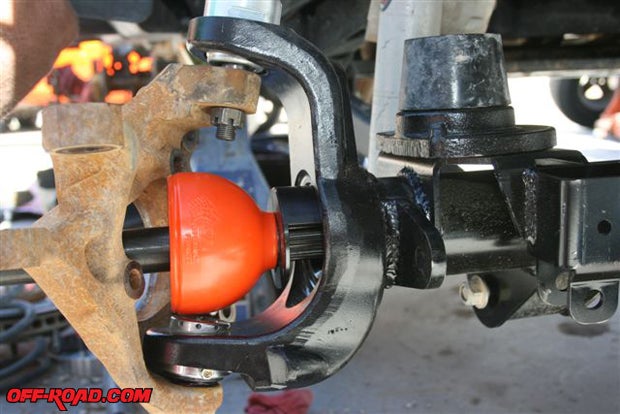
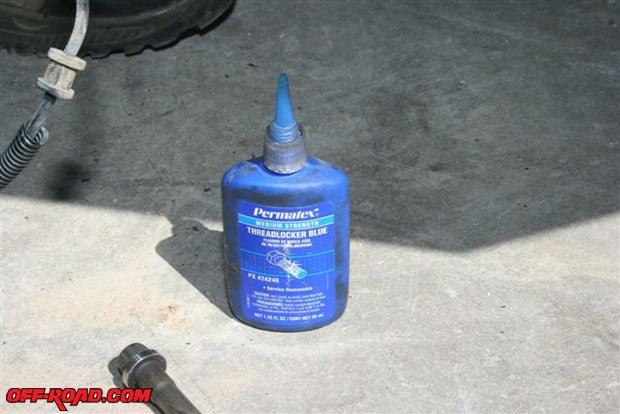
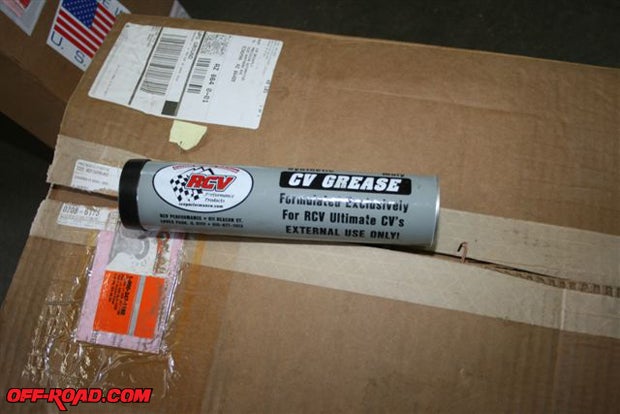
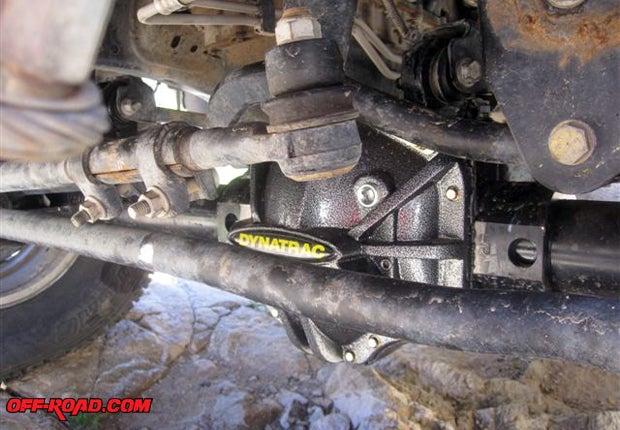
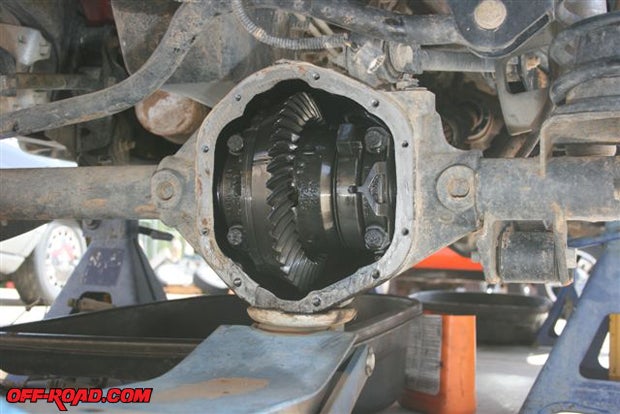
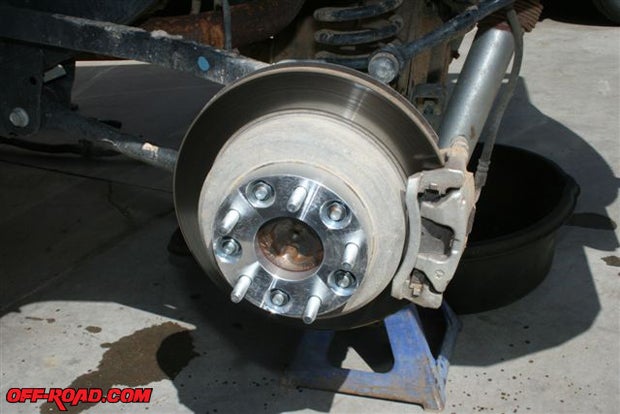
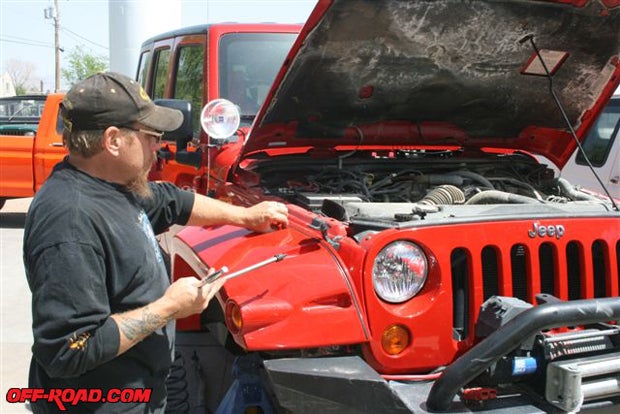
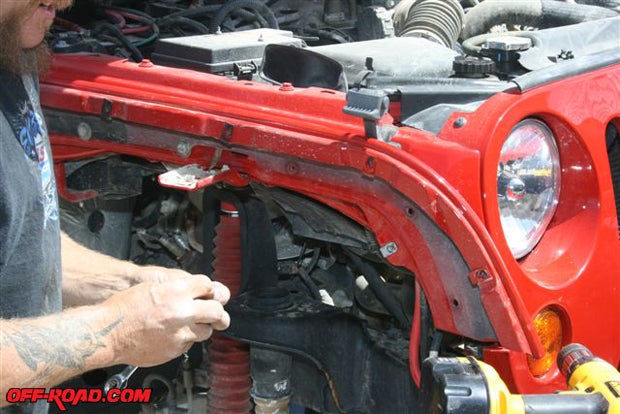
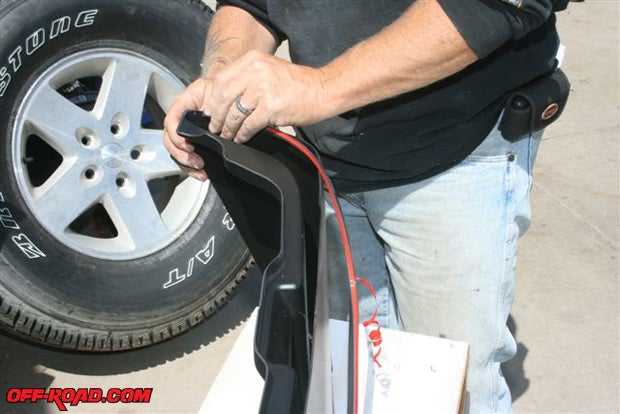
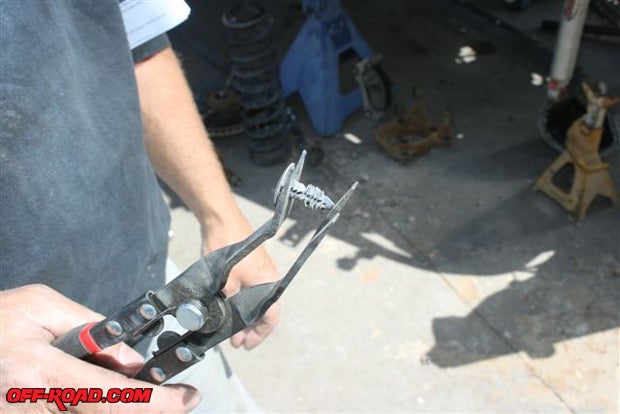
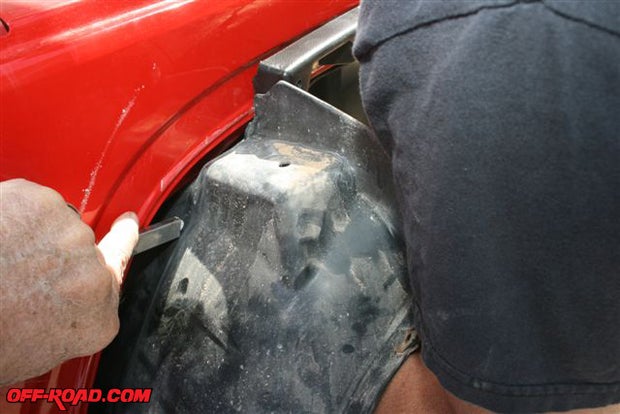
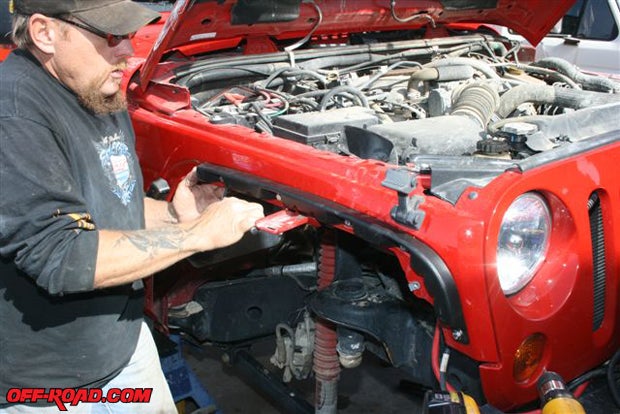
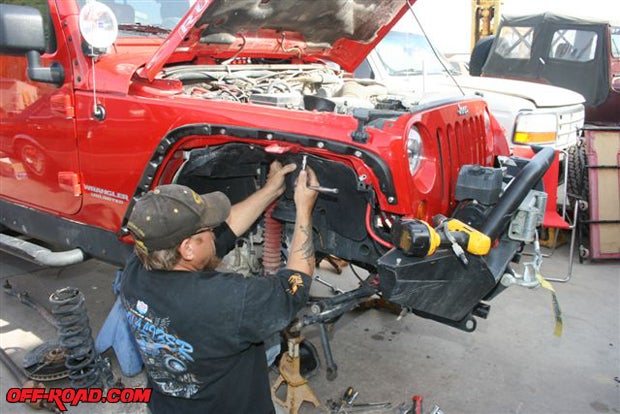
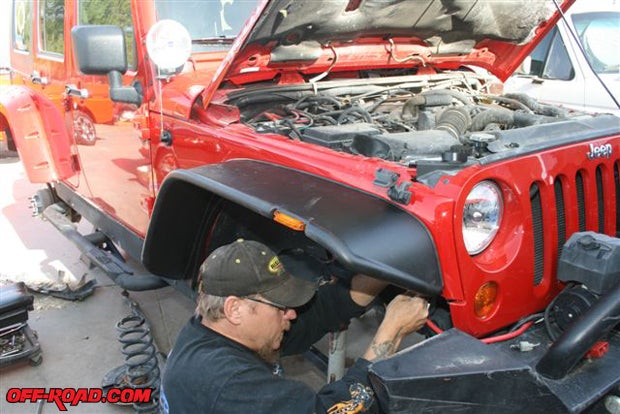
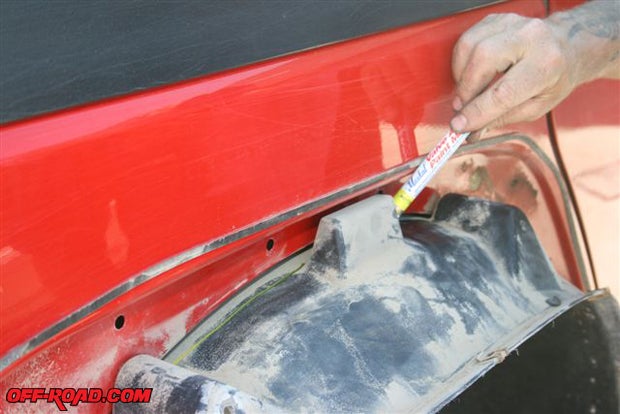
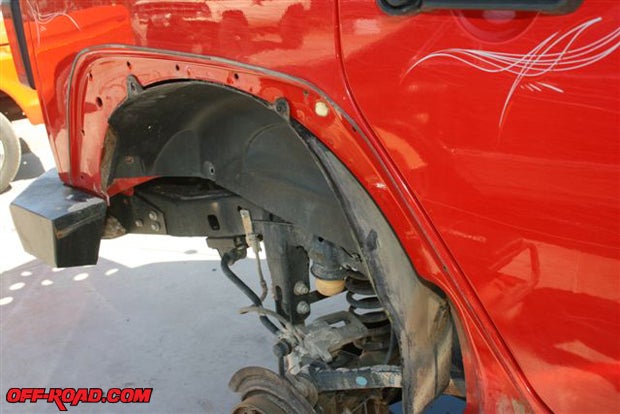
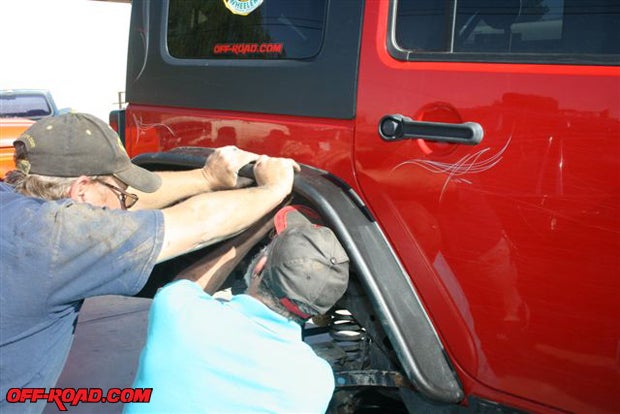
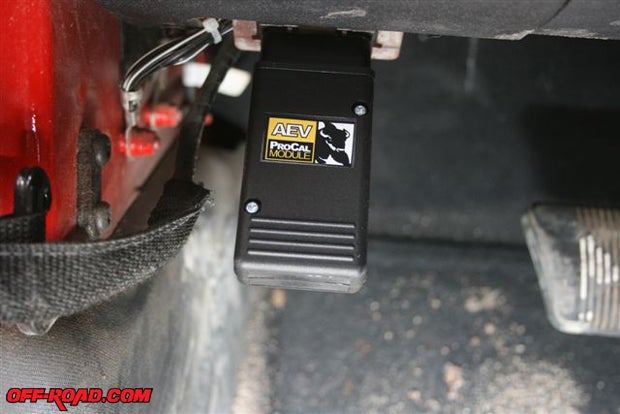
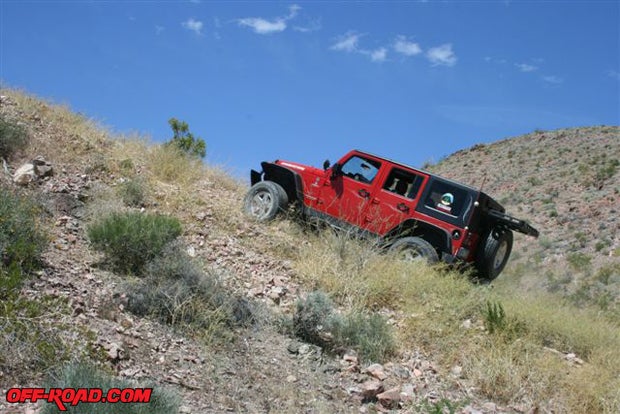
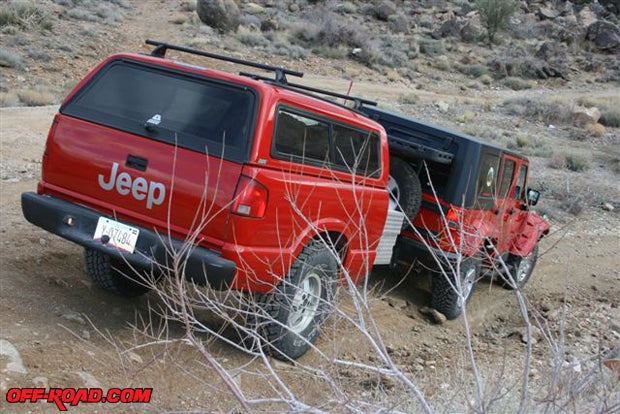


 Your Privacy Choices
Your Privacy Choices